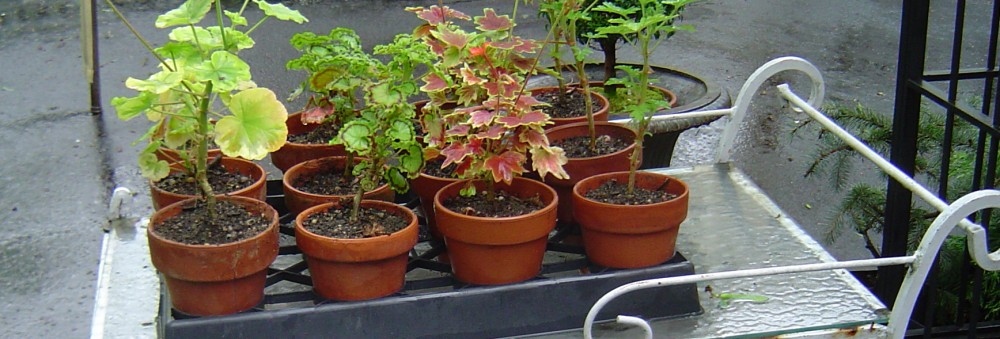A few weeks ago, if you were paying attention, I’d hinted at a new and creative project coming up. It’s now time to reveal what’s got me so excited. I’ve been invited to participate in “Lyndhurst In Bloom”. As the name suggests, it is an event held annually at the historical Lyndhurst Mansion in Tarrytown, New York.
Select floral designers and artists are invited to decorate a room each at the mansion. It’s always resplendent in flowers and a perfect way to usher in spring. Each space is uniquely highlighted in flowers reflecting the creative skills of the decorator. Now, as we well know, I am not a florist or floral designer. However, I am a gardener, an artist and designer, as well as a scientist. This opportunity presents a wonderful challenge to get creative with those various skills and experiences. My goal is to offer an aesthetically pleasing yet informative, instructive display that challenges the viewer to see the botanical world a bit differently and appreciate it with an enhanced perspective.
What am I blathering about? I’m aiming to bring attention to the importance of safeguarding the environment by understanding seeds! To show the genius of nature’s work in designing not just the seeds themselves but how they’re packaged in pods or heads specifically suited to how they will be disseminated. I want to share my awe and expose everybody to the sheer diversity and the exquisite nature of the myriad designs.
Between my years of observing, working with and, painting nature, I find that, while flowers with their range of colors, rightfully have the viewer swooning, seedpods too deserve due recognition and respect. After all, all of life begins with a seed. By understanding this and making the effort to see them up close, one cannot but admire them. What seemingly appears innocuous, mostly monochromatic and undeserving of close examination, is in reality way more impressive than the flamboyant flower.
Of course, one cannot exist without the other. My point in all of this is that by seeing just how amazingly beautiful seedpods and seed heads are, we will be recommitted to preserving our plants and the natural world at large. Pollinators and/or herbivores/omnivores are often specific to only certain plants. Consider this, while the common milkweed is crucial to the life-cycle of the Monarch butterflies, it is the Carpenter bee that is supremely suited to pollinate it. It behooves the gardener to have a diversity of flora to support the diversity of fauna required to keep the environment in equilibrium.
With my installation at Lyndhurst In Bloom, I hope to be sharing all of this through my seedpod paintings, beautiful displays and arrangements of various seedpods to rival any floral counterparts and simply, to tell folk to take time to marvel at Nature’s brilliance. The ultimate mastermind of this vast and wondrous yet fragile world. We humans are her custodians. We must execute that responsibility as best we can. Preserve, conserve, serve.
Wish me luck please!
Note: Lyndhurst In Bloom will be happening April 20 & 21. Tickets are now available. Do grab yours! In past years, they’ve sold out quickly.
Getting ready for the event involves a review of the raw materials! –











Meanwhile in the garden –










(c) 2024 Shobha Vanchiswar
[do_widget “Blog Subscriptions (Jetpack)”]












